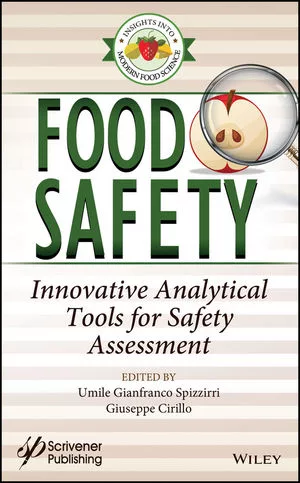Wal-Mart China Triples Food Safety Spending to $48 Million
Source: Reuters.com
The world's biggest retailer, Wal-Mart Stores, said on Tuesday that it will increase its spending on food safety in China to 300 million yuan ($48.32 million) in 2013, 2014 and 2015, up from a previously announced 100 million yuan in the same period.
The company said it will also increase DNA testing on meat products and supplier inspections and test more of its stores with its two mobile safety labs.
China's food and grocery market, which is set to top $1.5 trillion by 2016, is crucial for retailers like Wal-Mart and food safety is chief among consumer concerns.
Wal-Mart, French grocer Carrefour SA, McDonald's Corp., and KFC-parent Yum Brands Inc. among others, have all been criticized on the issue, a sensitive topic in a country that has faced everything from melamine-tainted milk and cadmium-tainted rice to recycled "gutter oil" used for cooking.
Wal-Mart's reputation for food safety in China came under attack earlier this year after its "Five Spice" donkey meat was found to contain fox meat.
Greg Foran, then-president and CEO of Wal-Mart's China business, said at the time it was a good reminder to invest more in supplier management.
Wal-Mart also ran into trouble in 2011 when it was fined for selling expired duck meat.
Looking for quick answers on food safety topics?
Try Ask FSM, our new smart AI search tool.
Ask FSM →
Wal-Mart currently has about 7,000 food suppliers in China. It cut 4% of its suppliers in recent years for failing audits or DNA tests.
Wal-Mart China Chief Compliance Officer Paul Gallemore told Reuters on Tuesday that “we face similar challenges to all other retailers in China when it comes to sourcing products. We have zero tolerance” for adulterated goods.
Gallemore also said the company's contact with Chinese food safety regulators is currently on an "ad hoc" basis, but it hopes to have more regular meetings.
Wal-Mart operates more than 400 facilities in China and competes with market leaders Sun Art Group Ltd. and China Resources Enterprise Ltd., which last August teamed up with British retailer Tesco Plc.
Wal-Mart said in October it would open up to 110 new facilities in China between 2014 and 2016 and was looking to close 15 to 30 others over the next 18 months.






